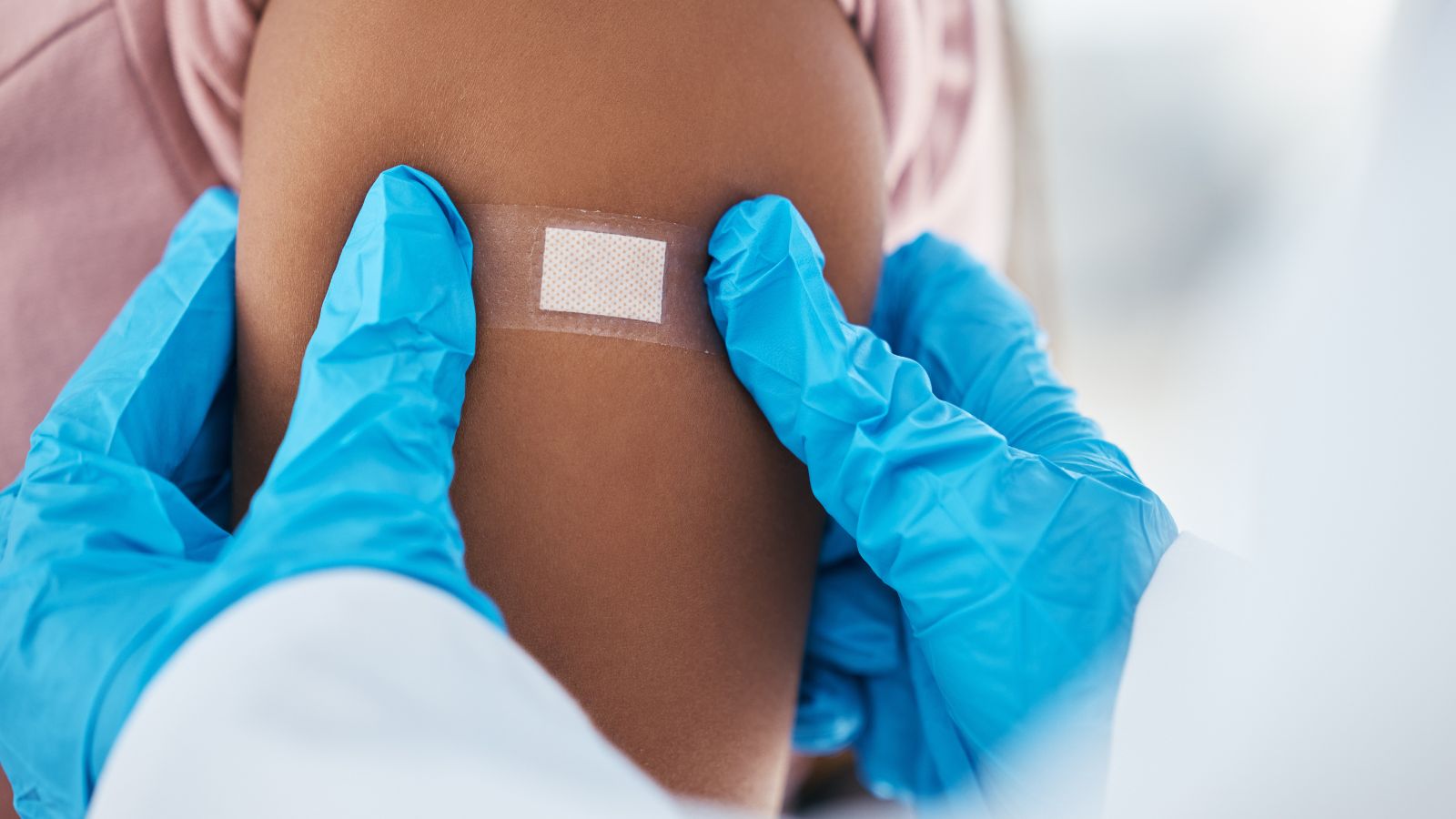Seasonal Respiratory Illnesses Hitting Harder Amid Flagging Vaccine Uptake
By Joe O’Leary
October 18 @ 1:00 pm

Connecticut’s dashboard built to track statistics related to illnesses – COVID, influenza and RSV – is now up and running as the state enters the respiratory virus season, which runs from October to June.
Statistics showcase a fall in reported COVID cases in October after an extended plateau of cases in the summer. The state experienced 109 reported deaths from COVID from August to October and 19 total hospitalizations from the flu so far this season.
The available data reveals an interesting trend. As of October 12, about 202,189 Connecticut residents – representing about 5.6% of the state’s population – have received the latest updated COVID vaccine after it became available in September.
However, uptake of the seasonal influenza vaccine, also available since September, is almost exactly double that amount, at 406,145 people and about 11.3% of the state. Why are twice as many people receiving the flu vaccine compared to the COVID vaccine?
The trend likely contributed to an increase in hospitalizations, described recently by Connecticut Department of Public Health Commissioner Manisha Juthani, who said in the 2023-24 respiratory virus season, 88% of COVID-related hospitalizations occurred in people who were not up to date on their COVID vaccines, which have released once a year in late summer since 2022.
The impact of these statistics has been exacerbated by age: 70% of people who were hospitalized for COVID in that time were ages 65+, the biggest risk factor for negative COVID outcomes.
However, state data shows that vaccination rates for COVID and flu are wildly different for those key age ranges. For residents ages 60-69, coverage for COVID is just 11% while flu is 16%; for ages 70-79, COVID coverage is 21%, while flu coverage is 28%; and COVID coverage is 20% for ages 80+ but 28% for flu.
According to Gallup, a similar trend was spotted last year. As of Dec. 20, 2023, Gallup said, only 29% of Americans received an updated COVID shot, while 47% received the flu shot by that time. This came after more than 70% of Americans received at least one COVID vaccine in 2020 and 2021.
Gallup spotted discrepancies in COVID rates that aligned with political ideology. While nearly half of Democrats had received the shot last year, only 10% of Republicans did, and 82% of Republicans said they weren’t receiving the updated COVID shot, compared to 52% of Republicans who received flu shots.
A Gallup survey of those who did not receive vaccine doses said they most commonly turned down shots because they believed they had antibodies against the virus, were concerned about the vaccine’s safety and did not believe it was effective, with a number also saying they believed they wouldn’t suffer health complications should they get COVID, underscoring a larger belief that COVID was less of a concern than it once was.
The Kaiser Family Foundation also reported last year that vaccine attitudes and uptake can differ among Republicans compared to their support of Donald Trump and the “Make America Great Again,” or MAGA, movement.
It found that supporters of MAGA were 10% less likely to receive a COVID vaccine, with rates falling to 20% among MAGA supporters under the age of 50. Two-thirds of MAGA Republicans said they would “definitely not” get an updated COVID vaccine, and MAGA Republicans were also less likely to get any vaccine, including the flu shot.
These factors correlated to MAGA Republicans being less likely to believe any vaccine, including RSV and flu shots, were safe to take. Whether this was due to misinformation or personality type was not identified.
Regardless of reason, reduced vaccine uptake makes public health officials’ jobs more challenging, as reduced vaccination rates often correlate to higher prevalence of illness in the community. Commissioner Juthani said that Connecticut has already seen two deaths from flu and dozens of COVID deaths in recent months as of October, underscoring a need for greater uptake – those who died were, respectively, at least 90 years old and just two months old.
Updated flu, COVID and RSV vaccines are available at local pharmacies and doctor’s offices for all eligible Connecticut residents.
Share this page: